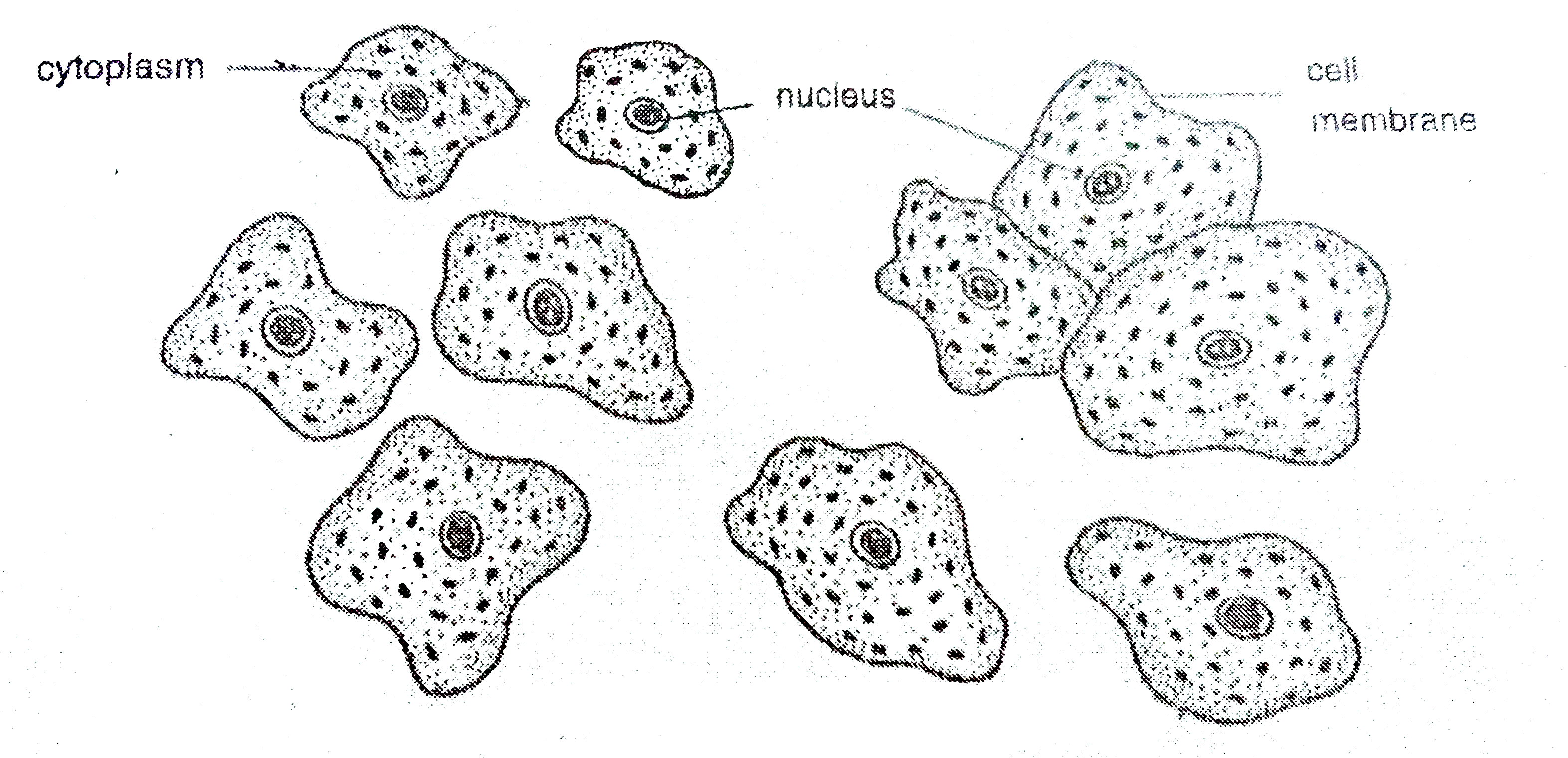Cheek bones are
A
Lacrimal
B
Zygomatic
C
Parietal
D
Ethmoid.
Video Solution
Text Solution
The correct Answer is:B
|
Answer
Step by step video, text & image solution for Cheek bones are by Biology experts to help you in doubts & scoring excellent marks in Class 12 exams.
Updated on:21/07/2023Topper's Solved these Questions
- LOCOMOTION AND MOVEMENTBOOK - DINESH PUBLICATIONCHAPTER - LOCOMOTION AND MOVEMENTEXERCISE - REVISION QUESTIONS FROM COMPETITIVE EXAMS.
306 Videos
- LOCOMOTION AND MOVEMENTBOOK - DINESH PUBLICATIONCHAPTER - LOCOMOTION AND MOVEMENTEXERCISE - CHECK YOUR GRASP
10 Videos
- LEAFBOOK - DINESH PUBLICATIONCHAPTER - LEAFEXERCISE - CYG
10 Videos
- MAMMALIA [MAMMA - BREAST]BOOK - DINESH PUBLICATIONCHAPTER - MAMMALIA [MAMMA - BREAST]EXERCISE - Brain Teasers - I
101 Videos
Similar Questions
Knowledge Check
In children the bones are more flexible and brittle because their bones have
ALarge quantity of salts and little organic substancesBLarge quantity of organic substances and little saltsCWell developed Haversian systemDLarge number of osteoblastsMatch the lists and find the correct match
III(a)Zygomatic boneI.Keystone bone of cranium(b)Lacrimal bonesII.Cheek bone of cranium(c)Parietal bonesIII.Smallest bone of face(d)Sphenoid boneIV.Roof of craniumV.Floor of craniumAa-I, b-III, c-V, d-IIBa-II, b-III, c-IV, d-ICa-II, b-IV, c-I, d-IIIDa-II, b-III, c-IV, d-V.To prepare stained temporary mounts of (a) onion peel, and (b) human cheek cells and to record observations and draw their labelled diagram.


Human cheek cells are commonly stained withAsafraninBmethylene blueCacetocarmineDeosine
The bones of birds are long and hollow withh air cavities. These types of bones are called as:
View SolutionCompared to the onion peel cells, cheek cells are more irregular in shape due to
View SolutionCompared to the onion peel cells, cheek cells are more irregular in shape due to
View SolutionIf the cheek cells are placed on a dirty slide, what do we observe under the microscope ?
View SolutionIf the cheek cells are placed on a dirty slide , what do we observe under the microscope ?
View Solution
